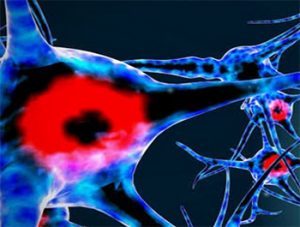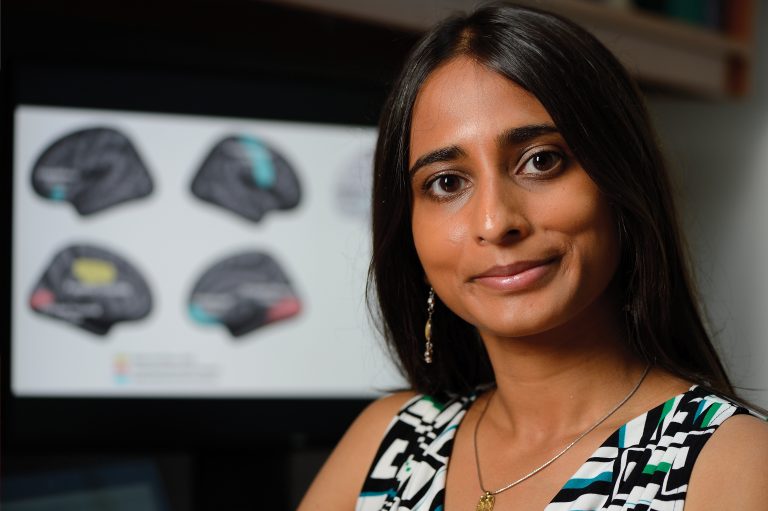 Engineering principles have influenced a variety of areas, but one that remains relatively untouched is the human brain. Archana Venkataraman, the John C. Malone Assistant Professor in electrical and computer engineering, aims to change that. Her lab is working on developing solutions to problems in clinical neuroscience using a variety of mathematical and engineering tools.
Engineering principles have influenced a variety of areas, but one that remains relatively untouched is the human brain. Archana Venkataraman, the John C. Malone Assistant Professor in electrical and computer engineering, aims to change that. Her lab is working on developing solutions to problems in clinical neuroscience using a variety of mathematical and engineering tools.
One current project involves identifying areas of the brain—epileptic foci—that are responsible for triggering epileptic seizures. For patients who don’t respond to medication, surgically removing this area may be the only recourse for halting seizures. Unfortunately, medical experts are unable to localize seizure onset zones in roughly one-quarter of focal epilepsy cases, making invasive surgical procedures necessary to diagnose foci in such patients.
To help distinguish epileptic foci noninvasively, Venkataraman and her colleagues are combining two types of data: electroencephalograms, an external monitoring of the brain’s electrical activity, and resting functional MRI, a way to monitor brain activity based on blood oxygenation.
EEGs create a “noisy” signal that currently requires an expert’s manual interpretation. To cut through the noise, Venkataraman and her colleagues are using machine learning approaches to capture the propagation of an epileptic seizure in the EEGs. They will strengthen this signal with data gathered from resting functional MRI scans. Eventually, they plan to combine the imaging model with videos of seizure patients in the Epilepsy Monitoring Unit. The patient behavior in these videos will confirm a seizure took place and, in some cases, provide information about the foci origin.
Venkataraman’s work also spans neuro-developmental disorders, such as autism: She and her colleagues are developing a technology to boost emotional cues in spoken language in the same way a hearing aid boosts sound.
“There’s long been this idea of bringing engineering into health care simply by optimizing existing workflows or improving what doctors are already doing, but engineering is more powerful than that,” Venkataraman says. “We want to use engineering principles to look at medical problems in a whole new way to come up with solutions that no one has thought about before.”
